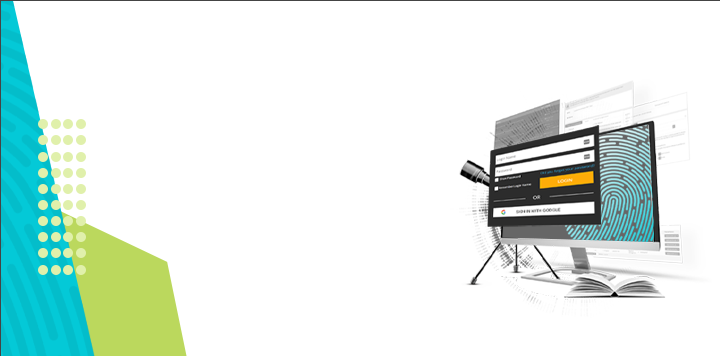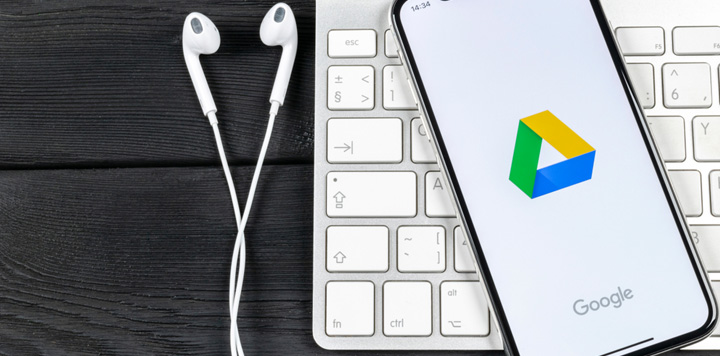Is my email server secure?
As part of G Suite security best practices, Gmail servers are protected by data encryption and by two-factor verification. But that’s not all you can do to make sure an enterprise’s email systems aren’t compromised. If you have Google Drive security concerns, implementing some or all of the following measures can make the difference in safeguarding an organization’s sensitive information:
- Access control: You can control user permissions so that employees only get access to the files they absolutely need in order to do their jobs. The less accessible data is to employees, the less accessible it is to hackers trying to steal it from them.
- Firewall: A strong firewall will help ensure that only authorized users gain access to the network and prevent outside parties from gaining access to systems that contain protected data.
- Intrusion detection: Enterprises have access to plenty of tools—such as unified threat management solutions—that can alert them in the event that a system is compromised, making it far more likely that the damage can be contained.
- Antivirus software: Every device on an enterprise network should have some kind of antivirus running to detect potentially harmful websites and prevent malware from being downloaded.
- Limit connections to your server: To avoid Distributed Denial of Service (DDoS) attacks, try to keep the number of devices that can connect to your SMTP server to a minimum.
- Activate Reverse DNS: Reverse DNS Lookup verifies the IP address of every email’s sender, effectively blocking any emails that come from people looking to hide or spoof their identity.
Google Drive and Gmail have clear advantages for enterprise users—now, armed with the right information, you can enjoy these benefits secure in the knowledge that your intellectual property, as well as the personal data of your employees and customers, is safe from outside threats.



